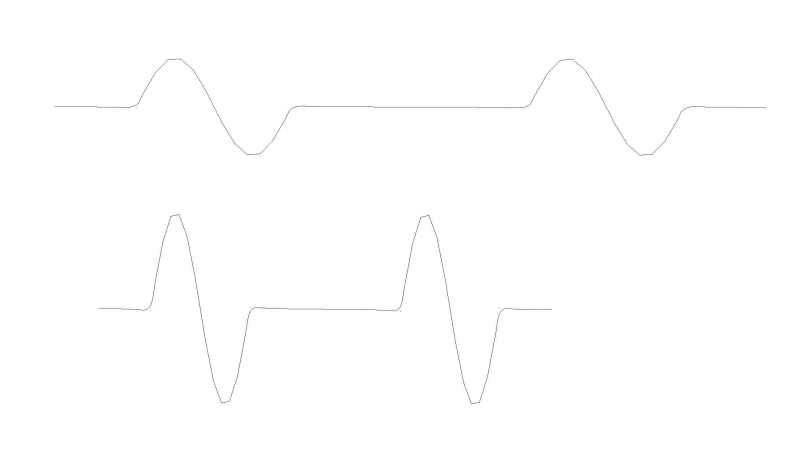I wonder can anyone please help me understand the defining of arbitrary waveforms, using something like for example a Sigilent SDG1020.
I am thinking of buying this SDG1020, so I have trawled around a bit but can't find the answer I'm looking for.
I'm curious if, for example, lets say I have a portion of a captured wave that I want to use as a part of my arbitrary wave, is there some feature that would let me capture a portion of the said wave with an oscilloscope, then transfer this captured portion into the arbitrary waveform generator, where I can then edit it down to very portion that I want use?
My aim is to capture the pulse from an ignition's magnetic pickup using a scope, then transfer this pulse to an AWG so that I can use the AWG as an engine speed simulator.
I realise that a simple sinewave could be used, (along with a dead period to represent the time delay between pickup pulses), to mimic the engine pickups output, but I am just curious as to whether these AWG or any AWG machines will let me capture a real wave in a scope, then use this as the basis for my arbitrary wave.
I intend buying a scope also, so the description above doesn't relate to a specific scope, since I haven't bought it yet either. Any advice in that regard might also be useful.
This is purely a hobby based purpose, so I obviously don't want to fork out a huge amount, but don't mind spending £400 or £500 for both of the above in total.
Thanks
I am thinking of buying this SDG1020, so I have trawled around a bit but can't find the answer I'm looking for.
I'm curious if, for example, lets say I have a portion of a captured wave that I want to use as a part of my arbitrary wave, is there some feature that would let me capture a portion of the said wave with an oscilloscope, then transfer this captured portion into the arbitrary waveform generator, where I can then edit it down to very portion that I want use?
My aim is to capture the pulse from an ignition's magnetic pickup using a scope, then transfer this pulse to an AWG so that I can use the AWG as an engine speed simulator.
I realise that a simple sinewave could be used, (along with a dead period to represent the time delay between pickup pulses), to mimic the engine pickups output, but I am just curious as to whether these AWG or any AWG machines will let me capture a real wave in a scope, then use this as the basis for my arbitrary wave.
I intend buying a scope also, so the description above doesn't relate to a specific scope, since I haven't bought it yet either. Any advice in that regard might also be useful.
This is purely a hobby based purpose, so I obviously don't want to fork out a huge amount, but don't mind spending £400 or £500 for both of the above in total.
Thanks

